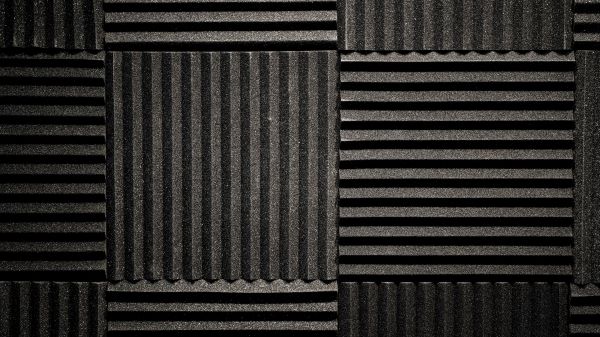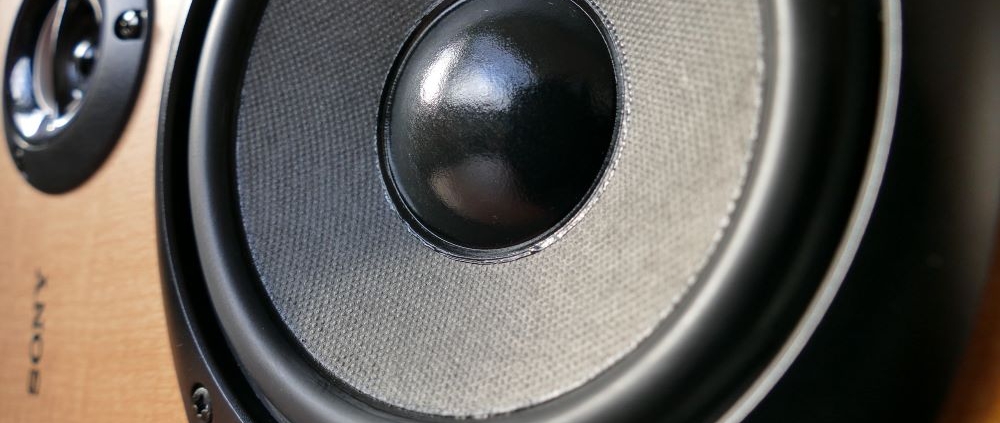The Best Materials for Wall Soundproofing
Best Wall Soundproofing Material
Whether you’re in an industrial setting with loud machinery or considering soundproofing walls at home, it’s important to get the right material.
Why is Soundproofing Important?
Noise dampening or soundproofing is done for many reasons, depending on the setting.
Home Soundproofing
You may have consistently noisy neighbours, live next to a main road or railway line, or be disturbed by noise from other sources. Perhaps there’s a new baby waking you up at night, or a passionate DIY-er disturbing your Sunday mornings. Maybe you are creating a low-noise room such as a home theatre, meditation room, office or recording studio. Reducing the noise that passes through walls at home can help with sleep and create a greater sense of privacy.

Office
Local noise can disrupt office buildings, particularly if you have construction, traffic or busy areas nearby. Soundproofing walls in an office can create quieter meeting rooms and a more peaceful work environment. Many hot-desking spaces use soundproof materials to create quiet work pods, providing peace and privacy without taking up large amounts of space.
Soundproofing areas in your office is also an important step if you are recording audio for a business podcast, training videos or other content for your website. Using noise-reducing materials to dampen external sounds can improve the quality of your recordings, phone calls and focus time.
Industrial
Most factories or industrial plants have machinery that creates noise. However, repeated exposure to high levels of noise can cause stress, high blood pressure, hearing problems and migraines. Companies have a responsibility to protect workers from significant noise exposure, in line with the Noise Regulations 2005.
Safe limits on the level of noise and the duration of exposure have been agreed by the HSE. Facilities can reduce and limit noise exposure by using noise-dampening materials for matting under machinery and soundproofing walls.
Soundproof rooms or “noise havens” can provide protection from noise risk for employees and offer respite from continual exposure to noise. Noise reduction for machinery is not always possible, so soundproofing walls is a good solution to create zones and contain high decibel vibrations.
How does soundproofing work? The Science
Short answer: Soundproofing uses materials that resist vibration and slow down sound waves.
A standard brick wall is likely to reduce noise by 40 dB. Adding material to a wall increases the wall’s mass, which makes it less effective at carrying high-frequency sound waves. However, longer, low-frequency soundwaves are harder to slow, which is why bass is so much more audible through walls.
There are five key principles of soundproofing:
- Deflection: Adding mass and density to a wall can help block sound, reflecting it back towards the source. This method is best for airborne sounds with lower power and pressure such as voices or music.
- Absorption: Open-cell materials absorb the acoustic energy, with the effect increasing with density and thickness. These materials are usually installed in cavities, preventing reverberation or amplification through the wall.
- Decoupling: Reducing the area of direct contact between the wall and panelling interrupts sound vibrations. This can be achieved using counter battening to create a ‘room within a room’.
- Thermal Conversion: Some soundproofing materials convert sound energy into trace heat energy. When soundwaves hit the material, the molecules vibrate, creating friction which in turn creates a small amount of heat. These advanced materials do not rely on mass for acoustic performance.
- Constrained Layer Damping: applied between two rigid panels such as plasterboard, damping compounds reduce resonance within a structure, stopping sound waves from passing through. This is an ideal solution for lower-frequency sounds.
Best Soundproofing Materials for Walls
The type of soundproofing solution you need depends on three factors.
- The Wall Itself – the material the wall is made from has an impact on how well it already blocks noise.
- The Noise Level – the amount of noise you are trying to block will also determine the best solution.
- The Noise Type – Airborne noise requires different solutions to Impact noise, for example
In the following paragraphs, we will describe the three best materials for soundproofing walls and the situations they best suit.
Acoustic Profile Foam
Acoustic profile foam has a specially contoured surface, similar to an egg box, which is designed to absorb and disrupt sound waves, deflecting them in multiple directions. This open-cell polyurethane foam is designed to reduce echo and reverberation.
This foam is ideal for placing on walls behind speakers to avoid catching echoes in a recording or conference call. By the same principle, acoustic foam can be used in enclosures around machines that create high-frequency airborne noise. It is effective at blocking high-frequency noises such as in air ventilation systems, generators or compressors or marine engine rooms.
Using Fireseal™ Acoustic Foam is a safe option for industrial, commercial and home soundproofing as it has a certified class 0 fire rating, meaning it is highly fire resistant. It is also durable enough that it won’t create fibre or dust in areas of high airflow, and it has antifungal properties preventing the growth of mould.

EPDM Foam
EPDM Sponge or Foam is a closed-cell foam used to add mass to walls and machinery enclosures for soundproofing. When installed in panels around areas of high noise, EPDM foam can dampen sound waves through absorption. It is effective at absorbing mid-frequency sound and vibration thanks to its soft closed-cell structure and high density.
To soundproof walls using EPDM foam, apply a layer of EPDM foam sheet between plaster-board panels and the existing wall. Mount the plasterboard using timber battens to create a gap between the panel and the wall. The inner core of EPDM sponge will absorb any vibrations passing through the plasterboard, without passing them on to the wall, and vis-versa.
High-Density Polyethylene Foam (HDPE Foam)
A closed-cell polyethylene (PE) foam is a rigid foam sheet that is used in sound-absorbing panelling. The high-density form of this foam can be used as an acoustic soundproofing material to deaden low-frequency sounds and impact noise.
HDPE foam has the extra benefits of good resistance to moisture, dirt and frost, so can be used in indoor and outdoor soundproofing applications.
Soundproofing materials: Foam Rubber Sheets from Kirkfield
When choosing the best materials for soundproof walls, choose the right density and thickness for the type and level of sound you are hoping to deaden. Foam rubber sheets have varying densities depending on the material type. Closed-cell HDPE is the densest foam that is useful for soundproofing, with densities up to 33kg/m3. The lower the frequency of noise to be blocked, the higher the density required.
It should be noted that acoustic foam is designed for absorbing sounds from within a room, not keeping external noise out. This foam should be used for building machinery enclosures and recording studios to absorb high-frequency noise, while denser, closed-cell foams are good for creating soundproof walls with insulated cavities.
To discuss the best materials for soundproofing available from our plant in the West Midlands, you can contact Kirkfield Ltd directly. We have over 30 years of experience manufacturing fire-rated rubber materials and adhesive products and will be happy to advise you on soundproofing for walls, floors and machinery enclosures.




